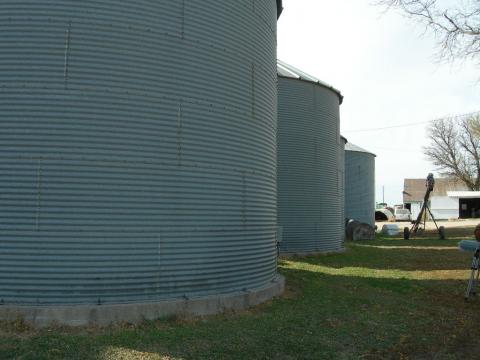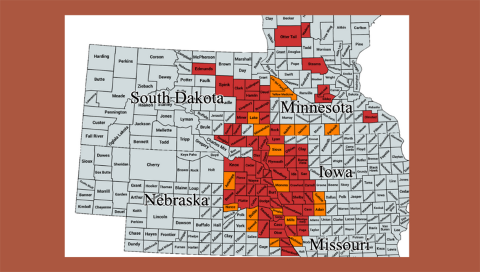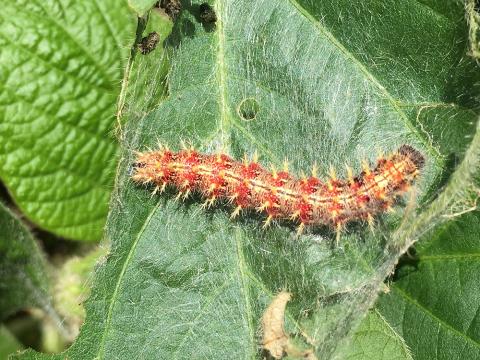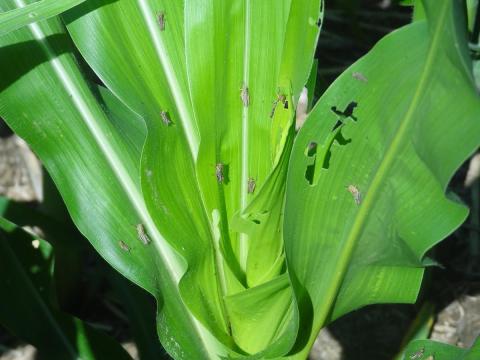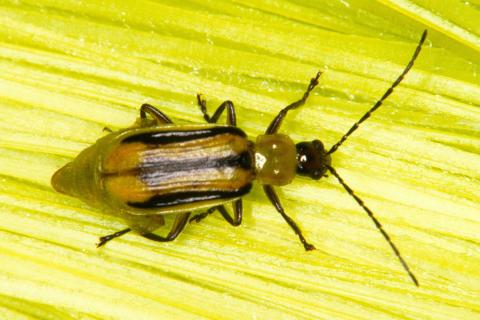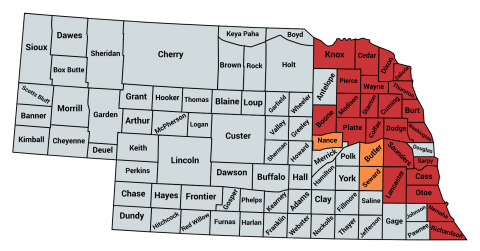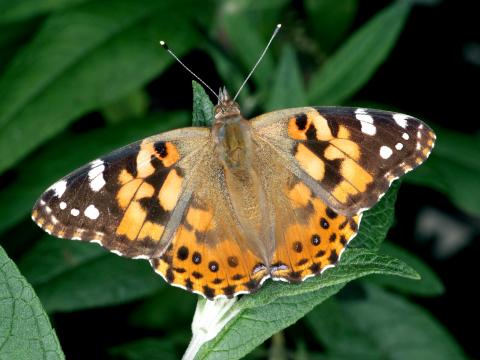Preparing Grain Bins and Equipment for Harvest
September 2, 2020
Cleaning and treating harvest equipment and grain bins, as well as the area surrounding bins, can reduce pest and rodent problems in stored grain, helping protect your season-long investment.
CW Podcast: Late-Maturing Crops and Insects
September 13, 2019
In this month’s CropWatch Podcast Extension Educator Michael Sindelar is joined by entomologist Robert Wright to discuss insect issues in late maturing corn and soybeans.
Mid-Season Update on Soybean Gall Midge
August 7, 2019
Soybean gall midge infestations have been confirmed in six new Nebraska counties since 2018.Treatment is not recommended at this time, but scouting and reporting infestations will continue to be important to plan for management next year.
It Pays To Scout: A Tale of Three Soybean Fields
July 29, 2019
These three on-farm examples show the importance of scouting individual soybean fields to assess damage, insect growth stage, and the potential need for treating thistle caterpillars.
Grasshoppers Return ― It’s Time to Scout Field Borders
June 27, 2023
If the grasshopper species currently invading field borders are one of the four major species that are likely to infest cropland, control may be warranted if high numbers are present.
Impact of Planting Dates on Corn and Soybean Insects
July 18, 2019
The wide range in corn and soybean planting dates in Nebraska this year may affect the distribution and behavior of pest insects both this year and next year. Be alert to a possible shift and scout regularly to identify problem fields.
Soybean Gall Midge Adults Emerge from this Year’s Soybean Fields
July 17, 2019
A significant number of soybean gall midge adults have been collected from this year’s soybean fields in east-central and northeast Nebraska. Dead and dying plants have been observed near infested sites in both northeast and east central Nebraska.
Painted Lady Butterflies Are Abundant In Many Areas—What Now?
July 10, 2019
Treatment is not recommended for the painted lady butterfly currently being seen in high numbers and could endanger beneficial insects. Treatment thresholds offer guidance for treating feeding caterpillars.


